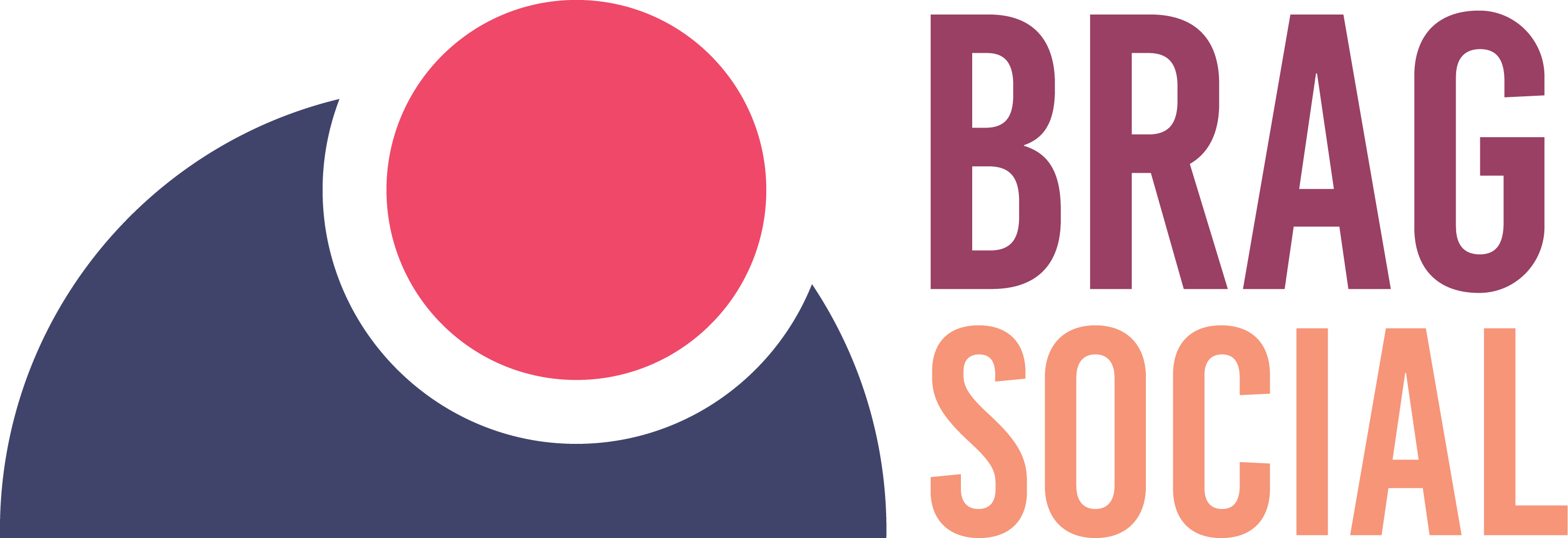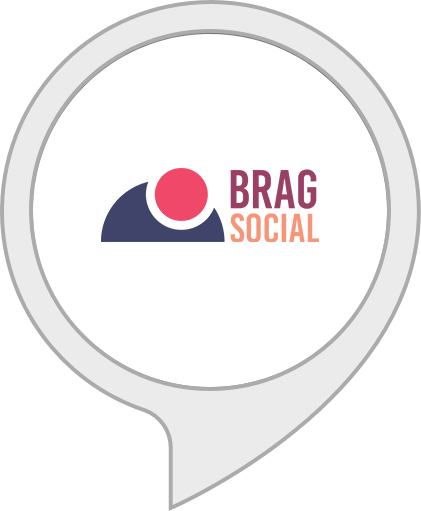
Child abuse is when a child faces injury, death, neglect, physical or emotional harm, sexual or medical abuse due to the action or non-action of a parent, guardian, or a care-taker.
Physical Abuse
Either intentionally or unintentionally, causing harm/injury to a child is “Child abuse”. Physical injuries from scratches or bruises to more serious injuries like burns and broken bones are all abusive. Accidental or non-accidental, by action or by not taking an action, the damage inflicted upon a child by an adult is Physical abuse.

Image by Marcos Cola from Pixabay
Sexual Abuse
When an adult involves a minor in sexual activities for any reason (either money or pleasure), it is termed Sexual abuse. It may also be when an older or more dominant child uses another child for sexual pleasure or excitement. Children do not have the ability to grant consent. Sexual abuse is not just only by physical assault, it can be either by deception, bribe, fear, intimidation, or demands. Moreover, this is the most prevalent and inhumane act in America today. To demonstrate the severity of the condition, let us looks at the two famous cases of Child abuse from Churches and BoyScouts — both of which are considered to be the safest for kids.
Roman Catholic Church Sex Abuse Cases
In the United States, there have been a number of lawsuits, criminal charges, and scandals involving sexual harassment by the Roman Catholic clergy. 6,433 priests, fathers, and Catholic school officials are accused of sexual harassment, according to a website that records allegations. To know more about the cases, click here.
MASS TORT- Boy Scout Abuse
Over 8,000 Scoutmasters and other leaders molested young children over the last 50 years, according to an internal file known as the “Perversion Files.” These records contain over 12,000 child molestation reports, indicating a clear epidemic. To know more about the cases, click here.
Emotional Abuse
Physical attempts are not the only ones that cause trauma in a child’s life. Verbal threats and emotional abuse are equally brutal. Emotional abuse is something that happens over time. Repeated humiliation or terrorizing (naming it as discipline) are good examples of emotional harm. Words stay longer in a child’s mind and cause havoc.
Bullying & Cyberbullying
Bullying at school by seniors, or at home by elder siblings can prove detrimental to the mental health of a child. Using force, threats, bullying, and/or embarrassment to abuse a child in a repetitive, direct and unhealthy behavior is “Bullying”.
Cyber-bullying is commonly prevalent in teens. Sending, publishing, or forwarding disruptive, damaging, misleading, or mean stuff about someone else online or offline using digital technologies is cyberbullying.
Child Neglect

Image by Marcos Cola from Pixabay
As mentioned earlier “No-action” is as bad as acting in child abuse. Neglecting the child’s basic needs like food, clothing, and shelter is abusive. Letting the child fend for himself is also child neglect. When a parent/ guardian is not able to provide support, affection, or supervision required for the overall growth, it is neglect – a form of Child-abuse.
Legal Consequences of Child Abuse
Child abuse laws also allow for both misdemeanor and felony penalties for those found guilty. The distinction between the two happens on the basis of the type of abuse a child has suffered.
Each state also has a requirement that those people who have direct contact with other people’s children report any signs of violence. At the very least, this extends to teachers. Maybe medical practitioners, and law enforcement officers too. Some states urge all citizens to report any kind of child abuse they come to know about. In most jurisdictions, failing to do so on time is considered a crime, punishable by fines, prison time, or both.
Although each state’s laws vary, a conviction for child abuse normally entails one of several criminal penalties:
Fines
Fines are charged from a few hundred dollars to a few thousand dollars for the convicts. A conviction can result in prison time along with fines. But few crimes are pretty gross and require no prison time. The convict in those cases has to just pay the fines. For example, The Boy Scouts of America filed for Chapter 11 bankruptcy, giving away assets of up to $10 billion, in response to thousands of lawsuits alleging child sexual exploitation.
Imprisonment
Child abuse charges sometimes result in imprisonment or prison terms. A misdemeanor conviction can land a convict in jail for a few days, months, or even a year, while felony convictions can land him/her in prison for ten years or more. In Roman Catholic Church Sex Abuse Cases — Eduardo Olivares Martínez was sentenced to 3 years in jail and had to pay 15 million pesos. He was accused of five minor sexual abuse cases. Carrera was sentenced to 541 days in prison and ordered to pay the victim’s family 2 million pesos in damages in 2005. In some cases, the convict faces several years. For example – Galaz was sentenced to 15 years in prison in 2005 in the case of sexually using two mentally disabled minors.
Probation
Child abuse sentences also include probation. Probation periods are normally six months long, but they may be as long as a year. If the probation terms are breached during that period, the court has the option of enforcing the original jail term, fines, or additional probation.
Also, in few cases, the penalties include:
- Parental rights termination,
- A tarnished credibility earned,
- A criminal history,
- Access to the child happens supervised,
- A child’s physical or real loss and enjoyment,
- Communication with a child protective services provider on a daily basis or life-long imprisonment.
National Child Abuse Hotline:
The National Child Abuse Hotline, operated by Childhelp, commits to the prevention of child maltreatment. The hotline, which serves the United States and Canada, — staffed 24 hours a day, seven days a week by skilled crisis counselors who offer assistance in over 170 languages through interpreters. For assistance, dial 1-800-4-A-CHILD (1-800-422-4453). Be-vocalized is a group of individuals who believe in helping the victims of abuse. It does not charge a penny and helps the victim get justice through partner lawyers and law firms. Click here to know more about them.






[…] For more articles, click here […]
[…] For more articles, click here […]
[…] For more articles, click here: Laws & Penalties Against Child Abuse […]